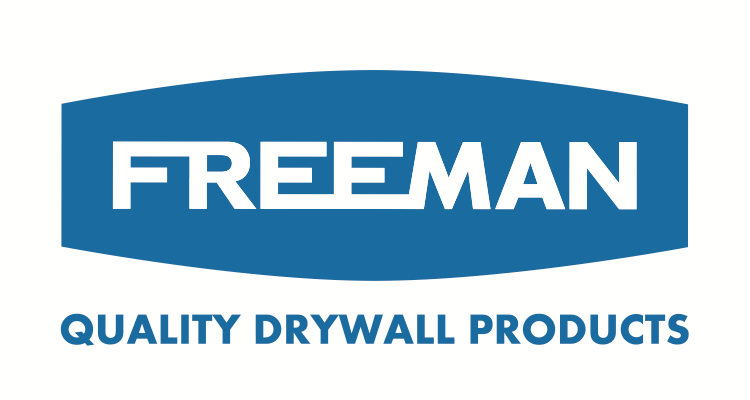Personal Protective Equipment (PPE)
When we come to work we expect to be safe and we expect that our employer will provide a safe work environment. It is also up to us as workers to ensure our own safety through training and correct use of required personal protect equipment (PPE).
All companies are required to adhere to OSHA standards. Most companies will have written policies regarding these requirements. Workplace safety ranges from the amount of fire exits and extinguishers provided to the use of hard hats, respirators, ear defenders, and eye protection. The more hazardous the environment the more requirements.
Common types of PPE:
- Hearing protection
- Safety glasses/goggles
- Gloves
- Safety toe boots or shoes
- Welding masks
- Hard Hats
- Respirators
PPE is only effective if it is well maintained and fits correctly. A mask that doesn’t seal won’t do it’s job. PPE that is incorrectly sized can even add to the danger. Safety glasses may slip and obscure your vision, loose fitting gloves may get snagged or caught on machinery… you get the idea. Simply having PPE is not the same as using it correctly.
In the construction industry there are many hazards so it is important to familiarize yourself with the requirements for the site at which you work. Before starting a task perform a risk assessment – what am I doing and what are the potential safety threats involved? If you are in any doubt you should check with the assigned Safety Officer at your location. Another way to be informed is to look at the hazard warnings on packaging and take the appropriate precautions (see our post on Global Harmonized System). Lastly, materials being used on a jobsite must be accompanied by a Safety Data Sheet (SDS), formerly known as Material Safety Data Sheet. The SDS contains in-depth information about any hazards associated with a specified product and the appropriate PPE.
Hazards that drywall finishers face most commonly are dust and airborne chemicals. It is very important that you wear a NIOSH/MSHA approved mask especially when any sanding is taking place. It is also recommended to either wet sand or use a vacuum sander if possible to reduce dust particles. The added bonus of vacuum sanding is less cleanup which can save time and money.
Freeman Products believes that safety comes first and by clearly labelling our materials we provide the information necessary to ensure the use of appropriate personal protective equipment (PPE) if needed. We always recommend the use of a NIOSH/MSHA N95 mask or respirator and safety glasses during sanding or spraying.
Related resources:
CDC: Control of Drywall Sanding Dust Exposures
OSHA: Worker Safety Series – Construction
OSHA: OSHA’s Final Rule to Protect Workers from Exposure to Respirable Crystalline Silica
Wiki: Globally Harmonized System of Classification and Labeling of Chemicals
Drywall Finishing Council (DWFC)

